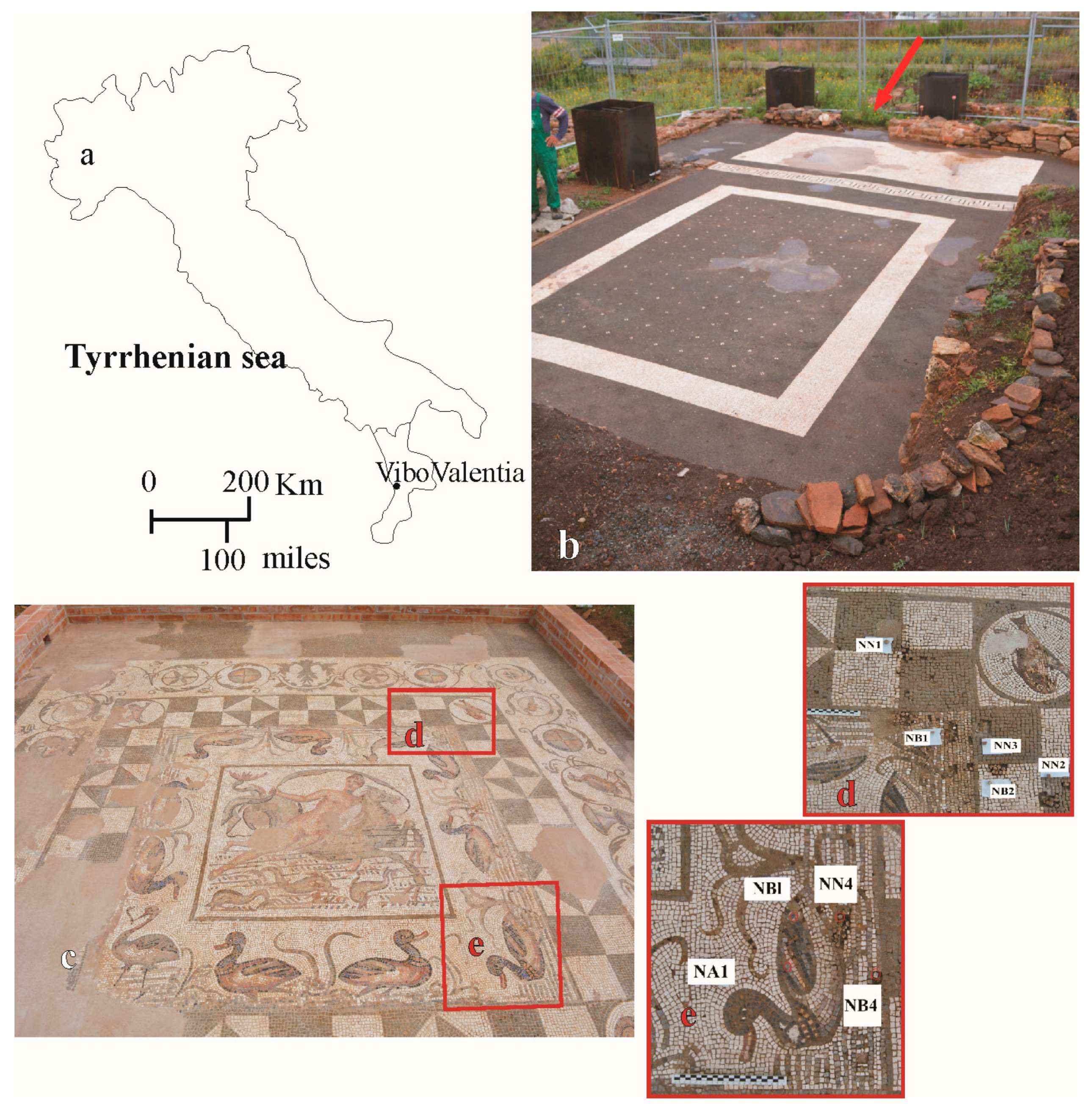

This changed in 1889, when the International prototype metre was established as the length of a prototype meter bar (made of an alloy of 90% platinum and 10% iridium) measured at the melting point of ice. History/origin: Originally, in 1793, the meter was defined as one ten-millionth of the distance from the equator to the North Pole. This definition was slightly modified in 2019 to reflect changes in the definition of the second.

The meter is defined as the distance traveled by light in 1/299 792 458 of a second. Meterĭefinition: A meter, or metre (symbol: m), is the base unit of length and distance in the International System of Units (SI). Unlike the United States, the UK has adopted the metric system while the metric system is widely used in government, commerce, and industry, remnants of the imperial system can still be seen in the UK's use of miles in its road systems. However, there still remain a number of countries that primarily use the mile instead of the kilometer including the United States and the United Kingdom (UK). This definition is subject to change, but the relationship between the meter and the kilometer will remain constant.Ĭurrent use: It is currently the official unit of measurement for expressing distances between geographical places on land in most of the world. The origin of the kilometer is linked to that of the meter, and its current definition as the distance traveled by light in 1/299 792 458 second. One kilometer is therefore one thousand meters.

History/origin: The prefix kilo- is a metric prefix indicating one thousand. One kilometer is equivalent to 0.6214 miles. Definition: A kilometer (symbol: km) is a unit of length in the International System of Units (SI).


 0 kommentar(er)
0 kommentar(er)
